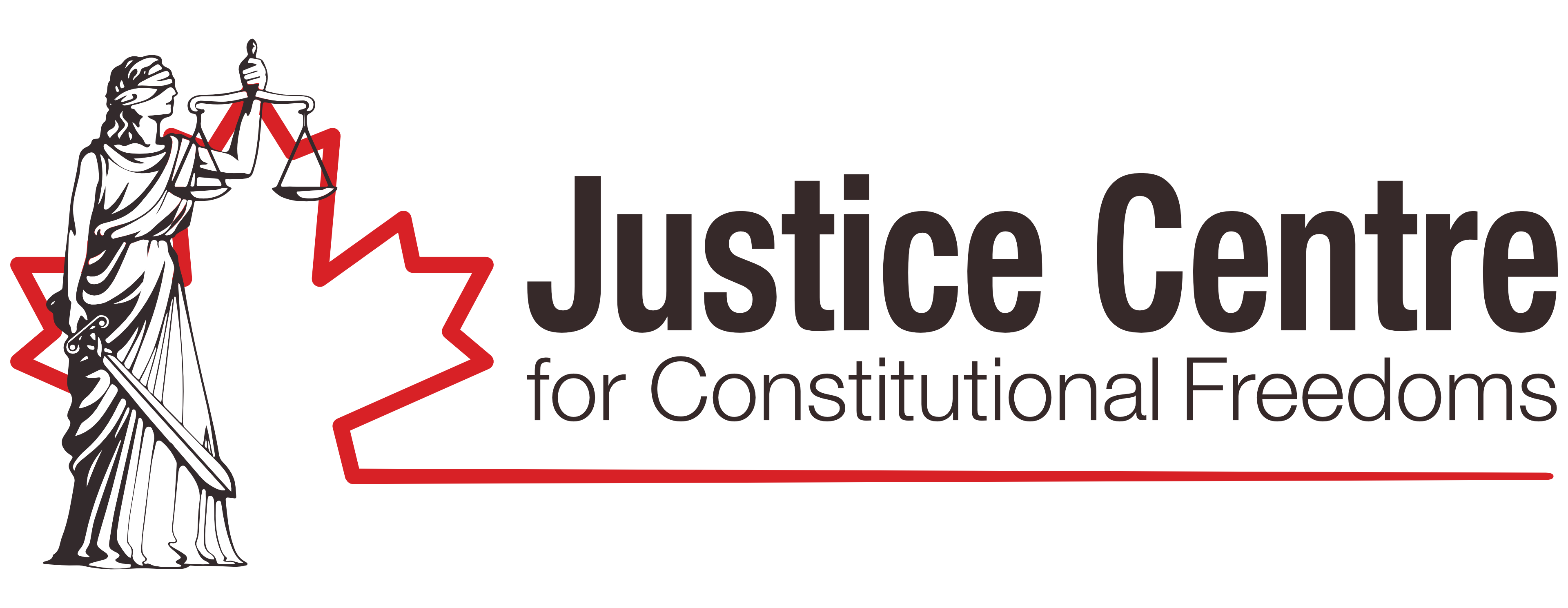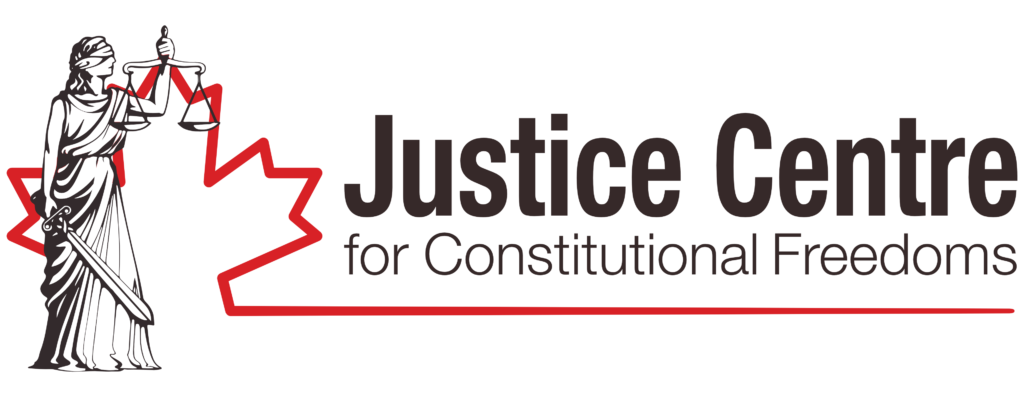The Justice Centre was before the Ontario Human Rights Tribunal for a 6-day hearing in March of 2022, representing a young girl (“NB”) in a claim for discrimination on the basis of gender identity and sex against the Ottawa-Carleton District School Board, for teaching NB and other school children that there are no such things as girls or boys. NB identifies strongly as a girl.
A detailed summary of the hearing can be found in this blog post by NB’s mother, Pamela Buffone: https://genderreport.ca/transgender-ideology-in-our-schools/
The hearing was also written about by journalist Barbara Kay in the National Post: https://nationalpost.com/opinion/barbara-kay-in-ontario-schools-gender-rights-only-protect-those-who-do-not-fit-stereotypes
Background
In the early part of 2018, NB was a 6-year old student in a grade one class taught by “JB”. The teacher showed the class a YouTube video entitled, “He, She, and They?!? – Gender: Queer Kid Stuff #2”. The video contained a number of statements about gender identity, and asserted that “some people aren’t boys or girls” and that those who do not feel like a ‘she’ or a ‘he’ might not have a gender. In order to determine who is a girl or a boy – or neither, the video says, all you have do is ask someone their pronouns.
Additionally, the applicant alleges, JB employed various teaching tools which undermined the female gender identity and sex. On one occasion, she told the class that “there’s no such thing as boys and girls.” She used a spectrum on a whiteboard to explain that people could be boys, girls or something in between, after which, the child reported to her parents, she stated that “boys are not real and girls are not real”. At no time did she explain the concept of biological sex or refer to body parts – something that actually is on the grade 1 curriculum. Instead, she taught the children about gender – to the absolute exclusion of sex. In doing so, she undermined the protected class of sex and prioritized self-identification over material reality.
Further, after another “teachable moment” (i.e. not in the curriculum) where JB explained the concept of sex changes, NB stated that she was not sure if she wanted to be a mommy when she grew up, and asked if she could “go to the doctor” about this issue. NB also expressed feeling that she “had to do something” about the fact that she is a girl.
NB’s mother met with JB to discuss her concerns about the impact of these lessons on NB. During that meeting, JB confirmed to Ms. Buffone that she had covered the topic of sex changes and gender fluidity with the class because, even in grade one, there were students questioning and struggling with the idea of boys and girls. She said that the concept of gender fluidity needed to be discussed to help them understand what they were going through, and noted that “otherwise, it’s extremely alienating to them.” JB advised that she viewed the issue of gender fluidity as a “new concept that we were never really taught”, and that she thought it was “a change within all of society.” She confirmed that the Board policy is that there is gender fluidity.
NB’s father spoke to the school’s principal, Ms. D, who confirmed that she agreed with the teacher’s approach. NB’s father suggested that a discussion about principles of “tolerance and respect” would be more appropriate than discussions and videos about the concept of gender fluidity, in the context of a grade one class, and that a discussion about these principles would have been affirming of all students in the class. No meaningful action was taken by the principal, or the Superintendent of the School Board to whom NB’s parents also expressed their concerns, other than to suggest that NB could leave the room during these lessons. Having learned that other parents shared their concerns, the family requested that the school communicate with parents of students in the class about gender fluidity lessons that had occurred, but this was denied.
At the conclusion of these fruitless meetings, the family opted to enrol NB in another school, which made her very excited. She informed her family that she was happy that she would no longer have a teacher who said that “girls are not real.” Even after moving to the new school, NB continued to be upset by her experience in JB’s class. In October of 2018, she told her mother that she did not like JB’s statement that boys and girls were not real, and said: “This table is real, and this fan is real, and even if the fan was made out of cardboard, it’s still real.”
Proceedings
The family of NB commenced proceedings at the Tribunal against the Ottawa Carleton District School Board for discrimination on the basis of gender identity, which is contrary to the Ontario Human Rights Code (“Code”), section 1.
According to the Ontario Human Rights Commission’s policy on preventing discrimination because of gender identity and gender expression, discrimination happens when a person experiences negative treatment or impact, intentional or not, because of their gender identity. It also says that everyone has the right to define their own gender identity. There is no provision which says that only certain gender identities are protected; indeed, its own definition of gender identity includes those whose gender matches their sex.
After being retained by the family, the Justice Centre amended the Application to include a claim for discrimination on the basis of sex, and stated that the child’s rights to security of the person and equality under sections 7 and 15(1) of the Canadian Charter of Rights and Freedoms had also been infringed.
During final submissions at the hearing, lawyer Lisa Bildy, who was representing the family on behalf of the Justice Centre, made the following remarks:
This is unquestionably a novel case, in no small part because it shines a rare spotlight on the roots of a growing problem-one which risks harming children and youth, eroding hard won rights for women and girls, and provoking a backlash which may end up further marginalizing the people it ostensibly seeks to protect.
Protecting gender diverse people from harm, and respecting their inherent human dignity through inclusion and acceptance, is a very different goal than inculcating all children into thinking that their sex is a fiction or that they must have a gender identity. The former is a laudable goal; the latter, as several of the board’s own staff admitted, represents a major change in society, the consequences of which have not entirely been thought through. Nor are teachers equipped or licensed to manage or even understand the psychological implications of messing around with identity formation in children. In our submission, the evidence in this case demonstrates that the Ottawa-Carleton District School Board appears to be veering off the laudable and provincially-mandated path of inclusion, anti-bullying and acceptance, toward indoctrination and the undermining of material reality.
We are asking the Tribunal to find that this young girl, NB, was discriminated against by the respondent school board on the basis of her sex, or her gender identity as a girl, or both, in a manner that caused damage to her self-worth, her identity and her dignity.
The statements denying the material reality of a little girl by her teacher — an adult commanding a position of authority — caused an adverse impact to this child who struggled for months to make sense of it.
To be clear, this case is not about changing the provincial curriculum or challenging legislation. It is not about turning back the clock so that trans-identified individuals are without protection and dignity. It is not about power or dominance or oppression or maintaining ‘cis-heteronormative privilege’, or whatever the ideological buzz words are.
Quite simply, it is about making sure that, in the quest for inclusion and safety, we do not end up causing more harm than good. It is about ensuring that the foundational principles on which the Human Rights Code is based – the recognition of the inherent dignity and the equal and inalienable rights of all members of the human family – is upheld in a time when this is increasingly under threat. And it’s about safeguarding kids and putting up some reasonable guardrails, at the school board level, to rein in the excesses of gender ideology.
After reviewing the evidence and the law, Ms. Bildy advised the Tribunal that the family was seeking a remedy that would assist in establishing these guardrails, as follows:
- Accountability: $5000 damages for harm to NB’s dignity, feelings and self-respect caused by the discrimination she faced on the basis of her sex and/or gender identity;
- Transparency: That the Board mandate that teachers inform parents when lessons on gender identity have or will take place, including the teaching objectives and the materials that will be or have been used for such lessons;
- Guardrails:
a) That the Board ensure that classroom instruction not devalue, deny or undermine in any way the female sex and/or gender identity;
b) That the Tribunal instruct the Board to develop publicly available guidance on the sensitive topics of gender and biological sex to ensure that any discussions and/or the use of teaching materials and/or the use of third party organizations do not:
i) reinforce harmful stereotypes, for instance by suggesting that children might be a different gender based on their personality and interests or the clothes they prefer to wear;
ii) influence a child’s identity formation by giving preference to understanding oneself in terms of gender identity over understanding oneself based on one’s biological sex observed at birth; or
iii) suggest that the sex categories of male and female do not exist or exist on a spectrum. Further, that the Board ensure resources used in teaching about this topic be age-appropriate, evidence based, and avoid suggesting to a child that their non-compliance with gender stereotypes means that either their personality or their body is wrong and in need of changing, while always treating individual students with sympathy and support.
On August 25, 2022, the Human Rights Tribunal of Ontario released its decision on this matter, dismissing the application.



